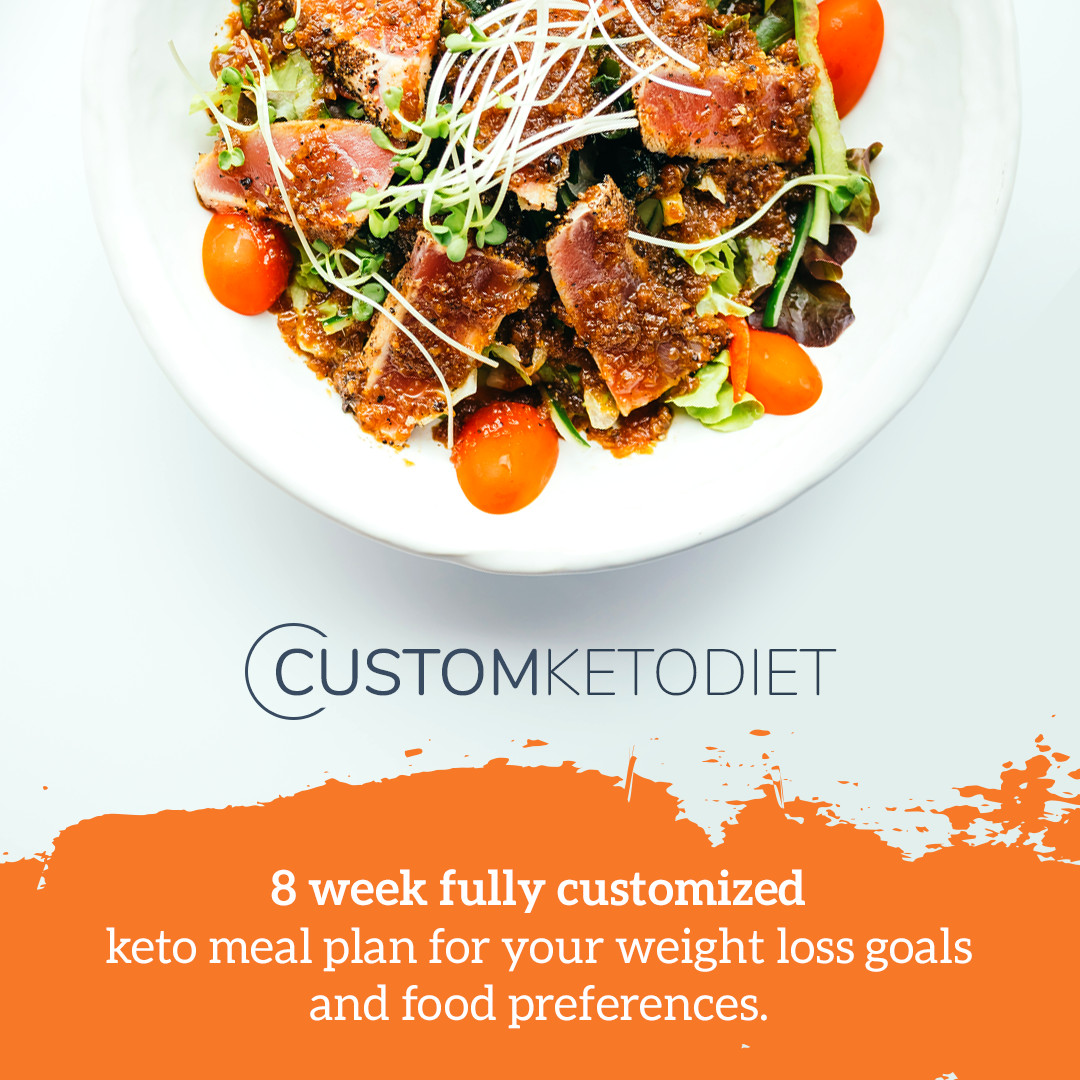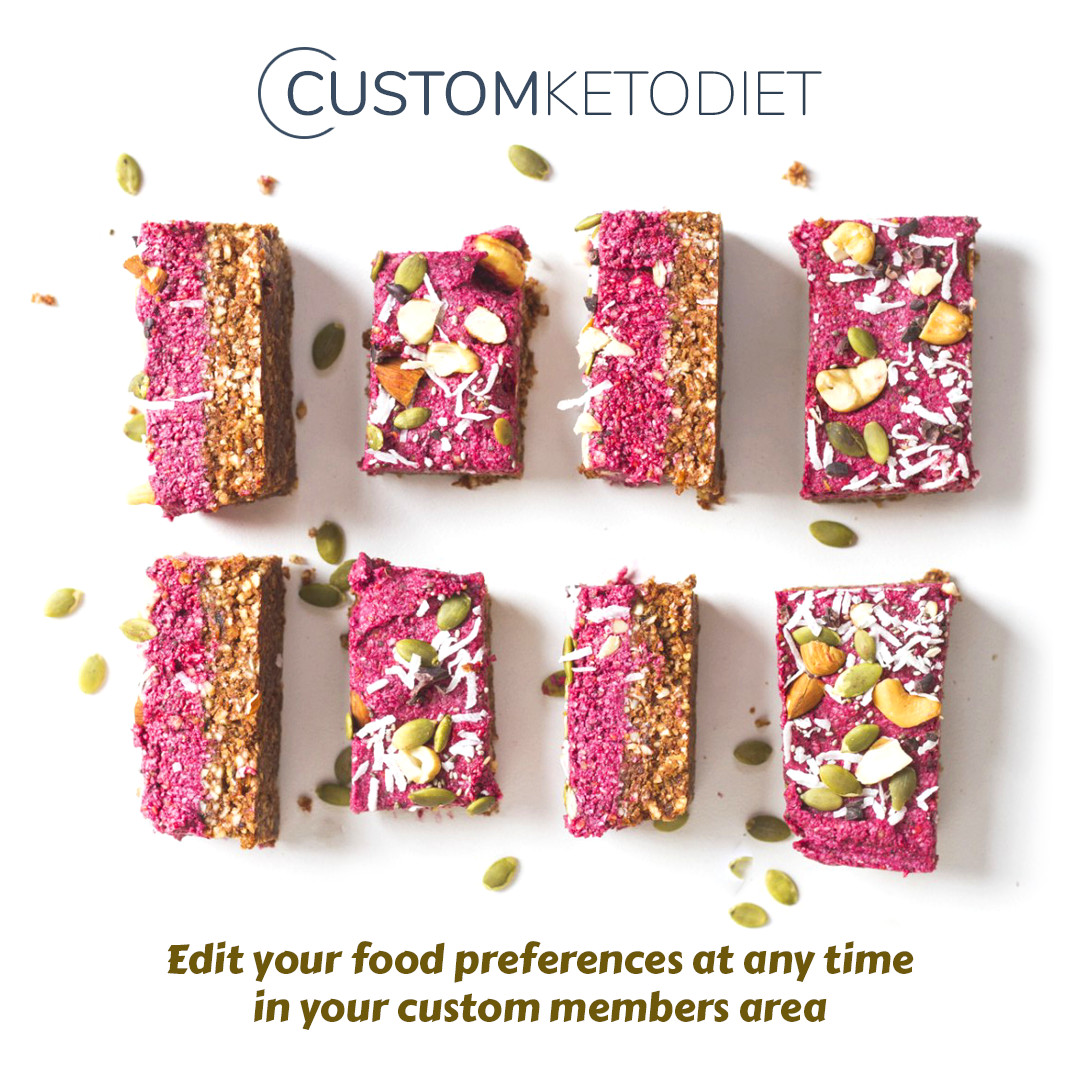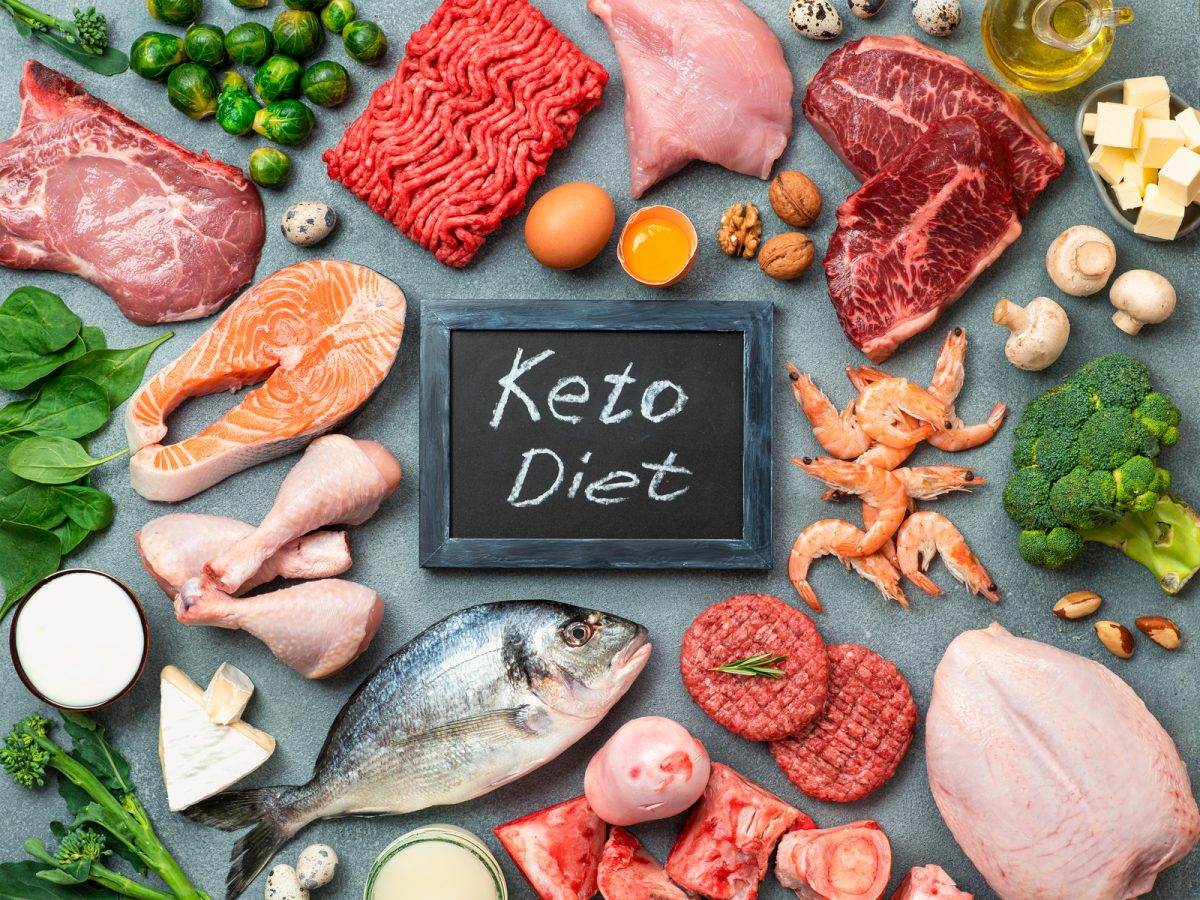Are you interested in losing weight and improving your health? Have you heard about the ketogenic diet but don’t know where to start? Look no further! In this ultimate beginner’s guide, we will provide all the information you need to know about the ketogenic diet for weight loss.
In this Ultimate Beginner’s Guide to the Ketogenic Diet, we will dive into the basics of ketosis and how it affects your body. Then, we will explore the different types of ketogenic diets and their benefits. We will also provide you with food guidelines and tips on how to start the ketogenic diet. Additionally, we will discuss the science behind weight loss on keto and the role of exercise in the process. Finally, we will address potential challenges and solutions, special considerations, and frequently asked questions.
Key Takeaways
- The ketogenic diet is a low-carb, high-fat diet that can help lose weight and improve health.
- Ketosis is a metabolic state in which the body burns fat for energy instead of glucose.
- To successfully start and maintain the ketogenic diet, following food guidelines, understanding the science behind weight loss on keto is essential, and addressing potential challenges.
- Excellent online resources are available to support your journey.
Understanding the Basics of Ketosis
What is Ketosis?
Ketosis is a metabolic state where the body burns fat for fuel instead of carbohydrates. This happens when the body’s carbohydrate stores are depleted, and the liver starts producing ketones from stored fat. Ketones are then used as fuel by the body and the brain.
How the Body Enters Ketosis
The body enters ketosis when carbohydrate intake is reduced to a minimum. This can be achieved by following a low-carbohydrate, high-fat diet. The amount of carbohydrates that can be consumed while still remaining in ketosis varies from person to person, but generally, it is recommended to consume less than 50 grams of carbohydrates per day.
Benefits of Ketosis
Entering ketosis has been shown to have several benefits, including weight loss, improved insulin sensitivity, and increased energy levels. Additionally, ketosis has been linked to improved cognitive function and a reduced risk of certain diseases, such as type 2 diabetes and neurological disorders.
Potential Side Effects and Warnings
While entering ketosis can have many benefits, it is important to note that it can also have potential side effects. These side effects include bad breath, constipation, and headaches. Additionally, speaking with a healthcare professional before starting a ketogenic diet is important, especially if you have any underlying health conditions or are taking any medications.
In conclusion, understanding the basics of ketosis is crucial for anyone looking to follow a ketogenic diet. By reducing carbohydrate intake and entering ketosis, individuals can experience a range of benefits, but it is important to speak with a healthcare professional and be aware of potential side effects.
The Different Types of Ketogenic Diets
When it comes to the ketogenic diet, there are several different types that you can choose from. Each type has a unique approach and can be tailored to your needs and goals. This section will explore the various types of ketogenic diets and what makes them different.
Standard Ketogenic Diet (SKD)
The standard ketogenic diet (SKD) is the most common and well-known type of ketogenic diet. It is a high-fat, moderate-protein, and low-carbohydrate diet that typically consists of 75% fat, 20% protein, and 5% carbohydrates. This type of diet puts your body into a state of ketosis, where it burns fat for energy instead of carbohydrates.
Targeted Ketogenic Diet (TKD)
The targeted ketogenic diet (TKD) is a variation of the standard ketogenic diet that is designed for athletes and active individuals. With this type of diet, you consume a small amount of carbohydrates before and after your workouts to fuel your body and enhance performance. The rest of your meals are still high in fat, moderate in protein, and low in carbohydrates.
Cyclical Ketogenic Diet (CKD)
The cyclical ketogenic diet (CKD) is another variation of the standard ketogenic diet that involves cycling between periods of high-carbohydrate intake and low-carbohydrate intake. This diet is typically used by bodybuilders and athletes who want to build muscle while maintaining a state of ketosis.
High-Protein Ketogenic Diet
The high-protein ketogenic diet is a variation of the standard ketogenic diet that involves increasing your protein intake while keeping your fat and carbohydrate intake the same. This type of diet is ideal for physically active individuals who want to build muscle while maintaining a state of ketosis.
Personalized Approach: Factors to Consider

When choosing a ketogenic diet, it’s important to consider your individual needs and goals. Factors such as your activity level, body weight, and health status can all play a role in determining which type of ketogenic diet is right for you. Consulting with a healthcare professional or registered dietitian can help determine the best approach for your individual needs.
In summary, there are several different types of ketogenic diets, each with its unique approach. Whether you’re an athlete looking to enhance your performance or an individual looking to lose weight and improve your health, there is a ketogenic diet that can be tailored to fit your specific needs and goals.
Food Guidelines
What to Eat
When following the ketogenic diet, consuming foods high in fat, moderate in protein, and low in carbohydrates is essential. Some of the best foods to eat on the ketogenic diet include:
- Meats (beef, pork, chicken, lamb, etc.)
- Fish and seafood (salmon, tuna, shrimp, etc.)
- Eggs
- High-fat dairy (butter, cheese, cream, etc.)
- Nuts and seeds (macadamias, almonds, walnuts, etc.)
- Avocado
- Low-carb vegetables (spinach, broccoli, cauliflower, etc.)
Fats
Fats should make up most of your calorie intake on the ketogenic diet. Some of the best sources of healthy fats include:
- Olive oil
- Coconut oil
- Avocado oil
- Butter
- Cheese
- Nuts and seeds
- Fatty fish (salmon, sardines, etc.)
Proteins
Protein is an essential nutrient that helps maintain muscle mass and supports overall health. Some of the best sources of protein on the ketogenic diet include:
- Meat (beef, pork, chicken, lamb, etc.)
- Fish and seafood (salmon, tuna, shrimp, etc.)
- Eggs
- High-fat dairy (cheese, cream, etc.)
- Nuts and seeds (macadamias, almonds, etc.)
Low-Carb Vegetables
Low-carb vegetables are an excellent source of fiber, vitamins, and minerals. Some of the best low-carb vegetables to include in your ketogenic diet are:
- Spinach
- Broccoli
- Cauliflower
- Kale
- Cabbage
- Brussels sprouts
- Zucchini
- Asparagus

What to Avoid
When following the ketogenic diet, it is essential to avoid foods that are high in carbohydrates. Some of the foods to avoid include:
- High-carb fruits (bananas, apples, oranges, etc.)
- Grains (wheat, rice, oats, etc.)
- Sugary foods (candy, soda, etc.)
- Some dairy products (milk, yogurt, etc.)
- Processed foods (chips, crackers, etc.)
High-Carb Foods
High-carb foods should be avoided when following the ketogenic diet. Some of the most common high-carb foods include:
- Bread
- Pasta
- Rice
- Potatoes
- Corn
- Beans
- Sugary drinks
Sugary Foods
Sugary foods should be avoided on the ketogenic diet. Some of the most common sugary foods include:
- Candy
- Soda
- Juice
- Ice cream
- Cake
- Cookies
Some Dairy Products
While high-fat dairy products are allowed on the ketogenic diet, some should be avoided. These include:
- Milk
- Yogurt
- Ice cream
Sample Meal Plans
Here are some sample meal plans that you can use as a guide when following the ketogenic diet:
- Breakfast: Scrambled eggs with bacon and avocado
- Lunch: Grilled chicken salad with olive oil dressing
- Dinner: Baked salmon with roasted broccoli and cauliflower
- Snack: Almonds and cheese
- Breakfast: Keto smoothie with coconut milk, spinach, and almond butter
- Lunch: Beef stir-fry with low-carb vegetables and avocado
- Dinner: Grilled steak with roasted asparagus and cauliflower mash
- Snack: Celery with almond butter
Remember, the ketogenic diet is not a one-size-fits-all approach. It’s essential to listen to your body and adjust your diet accordingly.

Getting started with the Ultimate Beginner’s Guide to the Ketogenic Diet
Starting the ketogenic diet can be intimidating, but proper preparation and guidance can be a successful way to achieve weight loss and improve overall health. Here are some important steps to take when starting the ketogenic diet:
Consulting a Healthcare Professional
Before starting any new diet, it is important to consult with a healthcare professional. This is especially important for those with pre-existing medical conditions or who are taking medications. A healthcare professional can help determine if the ketogenic diet is appropriate for you and provide guidance on how to implement it safely.
Setting Clear Goals
Setting clear goals is an important step in starting the ketogenic diet. Whether it is weight loss, improved energy levels, or other health benefits, having a clear goal in mind can help keep you motivated and on track.
Preparation
Proper preparation is key to success on the ketogenic diet. This includes preparing your kitchen with the right foods and preparing your mindset for the changes ahead. It may also be helpful to gradually reduce carbohydrate intake before fully committing to the ketogenic diet.
Gradually Reducing Carbohydrates
Gradually reducing carbohydrate intake can help ease the transition into the ketogenic diet. This can be done by slowly reducing the amount of carbohydrates consumed each day over the course of a few weeks.
Tracking Progress
Tracking progress is important for staying motivated and making adjustments as needed. This can be done by keeping a food diary, tracking weight loss, or monitoring other health markers such as blood sugar levels.
Common Mistakes and How to Avoid Them
Several common mistakes can be made when starting the ketogenic diet. These include not consuming enough fat, not drinking enough water, and not properly supplementing with electrolytes. Educating yourself on these potential pitfalls and taking steps to avoid them is important.
Following these steps and staying committed, we can successfully start the ketogenic diet and achieve our weight loss and health goals.
The Science of Weight Loss on Keto
How Keto Promotes Weight Loss
When we eat a carbohydrate diet, our bodies produce insulin to help regulate our blood sugar levels. Insulin tells our cells to store excess glucose as glycogen in the liver and muscles. However, when we eat too many carbs, our bodies can’t store all excess glucose as glycogen, which gets converted into fat and stored in adipose tissue.
A ketogenic diet restricts our carbohydrate intake to a very low level, typically less than 50 grams per day. This forces our bodies to switch from using glucose as their primary fuel source to using ketones produced by the liver from stored fat. By limiting our carbohydrate intake, we also limit the amount of insulin our bodies produce, which helps to reduce fat storage.
Research Supporting Weight Loss
Several studies have shown that a ketogenic diet can effectively lose weight. One study found that obese patients who followed a ketogenic diet for 24 weeks lost an average of 14.3 kilograms (31.5 pounds) and experienced significant reductions in body fat, blood glucose, and cholesterol levels. Another study found that a ketogenic diet was more effective for weight loss than a low-fat diet over a 12-month period.
Individual Variability
While many people experience significant weight loss on a ketogenic diet, individual results may vary. Some people may not lose as much weight or experience a plateau after a certain amount of weight loss. It’s important to remember that weight loss is not the only measure of success on a ketogenic diet. Other benefits, such as improved blood sugar control and increased energy levels, are important progress indicators.
Maintenance After Reaching Goals
Once we reach our weight loss goals on a ketogenic diet, we must transition to a sustainable maintenance plan. This may involve increasing our carbohydrate intake slightly while maintaining a low-carbohydrate, high-fat diet. Regular exercise and mindful eating habits can also help us maintain our weight loss and prevent weight regain.
Overall, the science behind weight loss on a ketogenic diet is based on carbohydrate restriction and fat adaptation principles. While individual results may vary, research has shown that a well-formulated ketogenic diet can be effective for weight loss and improved health outcomes.
Exercise and the Ketogenic Diet
Importance of Physical Activity
Regarding weight loss, exercise is just as crucial as diet. Physical activity can help us burn more calories, build lean muscle mass, and increase our metabolism. It can also boost our mood, reduce stress, and improve our health.
When following a ketogenic diet, exercise can be especially beneficial. Since the diet is low in carbohydrates, our body relies on fat for fuel instead of glucose. Exercise can help us burn even more fat and improve our body composition.
Best Types of Exercise on Keto
While any type of physical activity is better than none, some exercises may be more effective than others when following a ketogenic diet. Here are some examples:
- Resistance training: Lifting weights or doing bodyweight exercises can help us build and maintain lean muscle mass, increasing our metabolism and burning more calories even at rest.
- High-intensity interval training (HIIT): This type of cardio involves short bursts of intense exercise followed by rest periods. HIIT can help us burn more calories and improve our cardiovascular health.
- Low-intensity steady-state cardio (LISS): Activities like walking, swimming, or cycling at a steady pace can also be effective for burning fat and improving our endurance.
Precautions and Tips
While exercise can be beneficial on a ketogenic diet, there are some precautions and tips to keep in mind:
- Stay hydrated: Since the diet is diuretic, it’s important to drink plenty of water before, during, and after exercise to prevent dehydration.
- Increase electrolyte intake: Since the diet is low in carbohydrates, we may need to supplement with electrolytes like sodium, potassium, and magnesium to prevent cramps and fatigue during exercise.
- Listen to your body: If you feel dizzy, lightheaded, or weak during exercise, it may be a sign that you need to eat more carbohydrates or take a break.
- Start slow: If you’re new to exercise, start with low-intensity activities and gradually increase the intensity and duration.
Potential Challenges and Solutions
Keto Flu and How to Manage It
When starting the ketogenic diet, some people may experience what is commonly known as the “keto flu.” These symptoms can include headaches, fatigue, irritability, and brain fog. These symptoms are often caused by the body adjusting to the new diet and reducing carbohydrate intake.
To manage the keto flu, we recommend the following:
- Stay hydrated by drinking plenty of water and electrolyte-rich fluids.
- Increase salt intake to help replenish electrolytes.
- Eat enough healthy fats to keep you feeling full and satisfied.
- Get plenty of rest and avoid overexertion.
Social and Lifestyle Considerations
The ketogenic diet can be challenging to follow in social situations or dining out. Communicating your dietary needs and preferences with friends and family is important to avoid feeling left out or uncomfortable.
Here are some tips for managing social and lifestyle considerations on the ketogenic diet:
- Plan ahead by bringing your own keto-friendly snacks or meals to social events.
- Choose restaurants that offer keto-friendly options or customize your order to fit your dietary needs.
- Be confident in your choices, and don’t let peer pressure sway you from your goals.
Long-term Sustainability
The ketogenic diet can be a successful weight loss strategy, but it’s important to consider its long-term sustainability. Maintaining a very low-carb diet over time can be challenging, and some people may experience negative side effects such as constipation, nutrient deficiencies, or decreased athletic performance.
To promote long-term sustainability on the ketogenic diet, we recommend the following:
- Focus on nutrient-dense whole foods to ensure adequate nutrient intake.
- Consider incorporating occasional carb refeeds or cyclical ketogenic diets to promote metabolic flexibility.
- Monitor your body’s response to the diet and adjust as needed to maintain optimal health and well-being.
Special Considerations
Keto Diet for Specific Health Conditions
Talking to your doctor before starting the keto diet is important if you have a specific health condition. Here are some considerations for a few common health conditions:
- Diabetes: The keto diet may help manage blood sugar levels, but monitoring them closely and working with a healthcare provider to adjust medications is essential.
- High cholesterol: The keto diet may increase cholesterol levels in some people, so it is important to monitor cholesterol levels regularly.
- Kidney disease: The keto diet may be risky for people with kidney disease, as it strains the kidneys. Talk to your doctor before starting the diet.
Keto for Different Age Groups
The keto diet can be safe for people of all ages, but there are some considerations for different age groups:
- Children: The keto diet can be effective for children with epilepsy, but it should only be done under the guidance of a healthcare provider.
- Older adults: The keto diet may be more challenging for older adults, as they may have difficulty digesting high amounts of fat. It is important to monitor nutrient intake and work with a healthcare provider.
Vegan and Vegetarian Options
Following a vegan or vegetarian keto diet is possible, but it may require more planning to ensure adequate nutrient intake. Here are some keto-friendly plant-based foods:
- Nuts and seeds
- Avocado
- Coconut oil
- Non-starchy vegetables (e.g., leafy greens, broccoli, cauliflower)
Supplements to Consider
While a well-formulated keto diet can provide all the necessary nutrients, some may benefit from supplements. Here are some supplements to consider:
- Electrolytes (e.g., sodium, potassium, magnesium)
- Omega-3 fatty acids
- Vitamin D
- Probiotics
Talking to a healthcare provider before starting any new supplements is important.
Conclusion
In this guide, we have covered the ketogenic diet basics and how it can be used for weight loss. We have learned that the ketogenic diet is a high-fat, low-carbohydrate diet that can help our body enter the state of ketosis, where it burns fat for energy instead of glucose. We have also discussed the benefits of the ketogenic diet, including weight loss, improved energy levels, and better mental clarity.
To successfully follow the ketogenic diet, we must track our macronutrient intake and stay within our daily limits for carbohydrates, protein, and fat. We should also focus on eating whole, nutrient-dense foods and avoiding processed foods and sugar.

Frequently Asked Questions
What are the different types of ketogenic diets?
There are several types of ketogenic diets, including the standard ketogenic diet (SKD), cyclical ketogenic diet (CKD), targeted ketogenic diet (TKD), and high-protein ketogenic diet. The SKD is the most common and involves consuming a low-carb, high-fat diet with moderate protein intake.
What are the top 10 foods to eat on a ketogenic diet?
The top 10 foods to eat on a ketogenic diet include meat, fish, eggs, low-carb vegetables, cheese, avocados, nuts and seeds, healthy oils, berries, and coconut oil.
How quickly can someone lose weight on a ketogenic diet?
Weight loss on a ketogenic diet varies from person to person and depends on age, gender, starting weight, and activity level. However, many people experience rapid weight loss during the first few weeks of starting a ketogenic diet.
What are the potential health benefits of a ketogenic diet?
A ketogenic diet has been shown to have several potential health benefits, including weight loss, improved blood sugar control, reduced inflammation, improved heart health, and reduced risk of certain cancers.
Are there any risks or side effects associated with a ketogenic diet?
Some people may experience side effects such as fatigue, headaches, and constipation when starting a ketogenic diet. Additionally, those with certain medical conditions, such as liver or kidney disease, should consult a healthcare professional before starting a ketogenic diet.
How can someone maintain a ketogenic diet long-term?
To maintain a ketogenic diet long-term, it’s essential to focus on incorporating a variety of low-carb, high-fat foods into your diet and finding healthy, keto-friendly alternatives to your favorite high-carb foods. Additionally, it’s important to stay hydrated and monitor your nutrient intake to ensure you’re getting all the essential vitamins and minerals your body needs.

